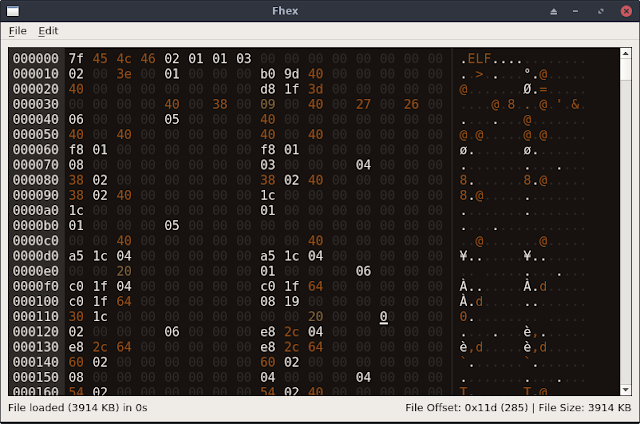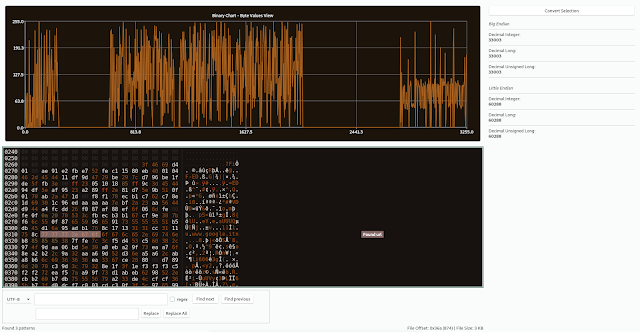Flutter Mobile Application Reverse Engineering Tool by Compiling Dart AOT Runtime
Currently the application supports only Android libapp.so (arm64 only). Also the application is currently work only against recent Dart versions.
For high priority missing features, see TODO
Environment Setup
This application uses C++20 Formatting library. It requires very recent C++ compiler such as g++>=13, Clang>=15.
I recommend using Linux OS (only tested on Deiban sid/trixie) because it is easy to setup.
Debian Unstable (gcc 13)
- Install build tools and depenencies
apt install python3-pyelftools python3-requests git cmake ninja-build \
build-essential pkg-config libicu-dev libcapstone-dev
Windows
- Install git and python 3
- Install latest Visual Studio with "Desktop development with C++" and "C++ CMake tools"
- Install required libraries (libcapstone and libicu4c)
python scripts\init_env_win.py
- Start "x64 Native Tools Command Prompt"
macOS Ventura (clang 15)
- Install XCode
- Install clang 15 and required tools
brew install llvm@15 cmake ninja pkg-config icu4c capstone
pip3 install pyelftools requests
Usage
Extract "lib" directory from apk file
python3 blutter.py path/to/app/lib/arm64-v8a out_dir
The blutter.py will automatically detect the Dart version from the flutter engine and call executable of blutter to get the information from libapp.so.
If the blutter executable for required Dart version does not exists, the script will automatically checkout Dart source code and compiling it.
Update
You can use git pull to update and run blutter.py with --rebuild option to force rebuild the executable
python3 blutter.py path/to/app/lib/arm64-v8a out_dir --rebuild
Output files
- asm/* libapp assemblies with symbols
- blutter_frida.js the frida script template for the target application
- objs.txt complete (nested) dump of Object from Object Pool
- pp.txt all Dart objects in Object Pool
Directories
- bin contains blutter executables for each Dart version in "blutter_dartvm<ver>_<os>_<arch>" format
- blutter contains source code. need building against Dart VM library
- build contains building projects which can be deleted after finishing the build process
- dartsdk contains checkout of Dart Runtime which can be deleted after finishing the build process
- external contains 3rd party libraries for Windows only
- packages contains the static libraries of Dart Runtime
- scripts contains python scripts for getting/building Dart
Generating Visual Studio Solution for Development
I use Visual Studio to delevlop Blutter on Windows. --vs-sln options can be used to generate a Visual Studio solution.
python blutter.py path\to\lib\arm64-v8a build\vs --vs-sln
TODO
- More code analysis
- Function arguments and return type
- Some psuedo code for code pattern
- Generate better Frida script
- More internal classes
- Object modification
- Obfuscated app (still missing many functions)
- Reading iOS binary
- Input as apk or ipa
 0Day to Buy
0Day to Buy




































































